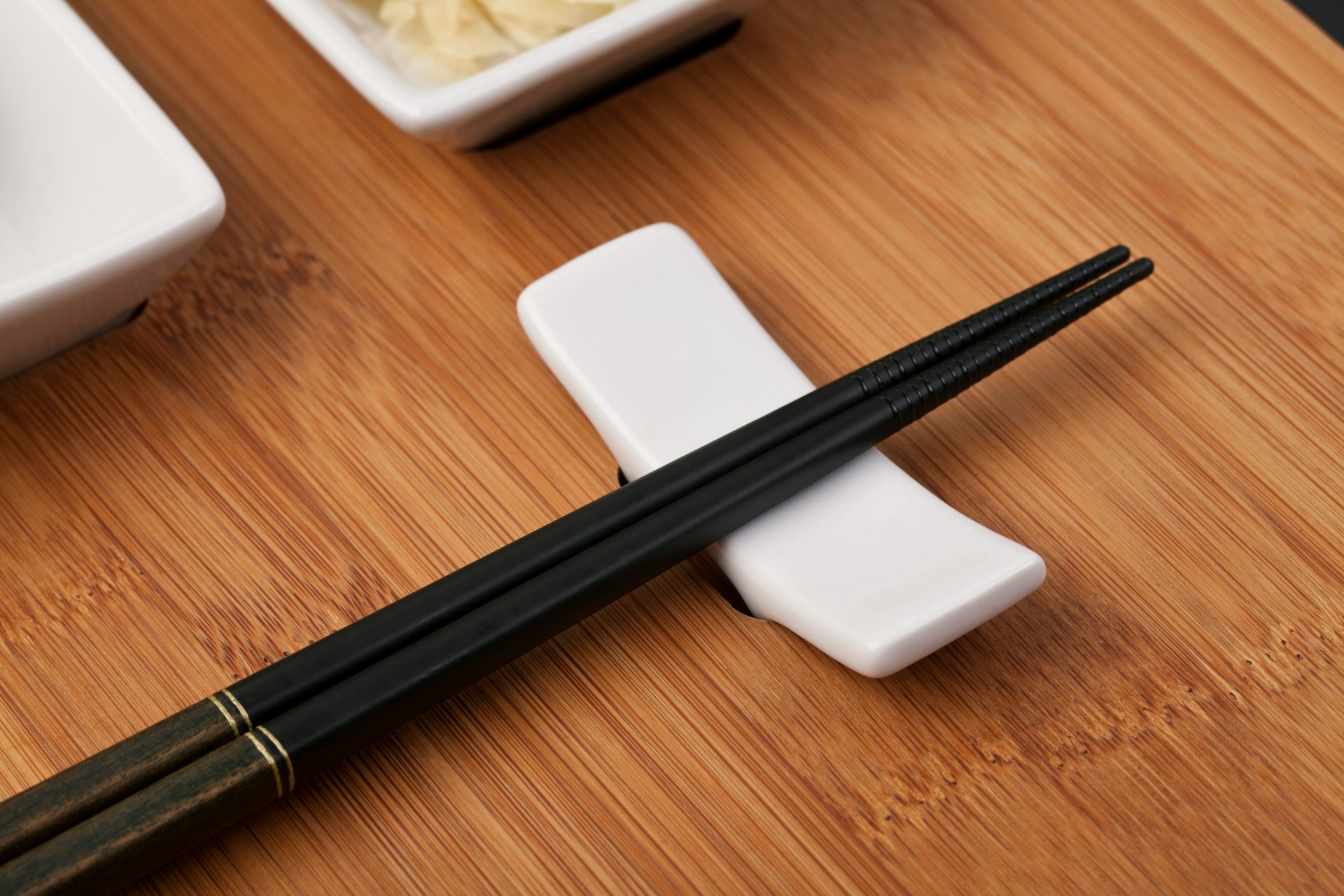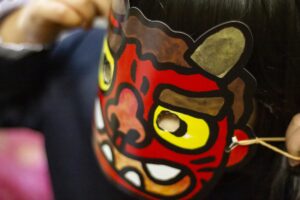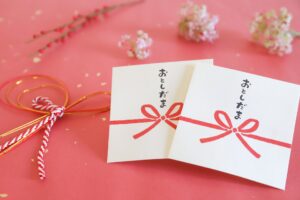Chopsticks are more than just eating utensils; they are a significant cultural symbol in many Asian countries. This article delves into the fascinating history of chopsticks, offers practical tips on how to use them, explores chopstick etiquette across different cultures, and highlights their importance in various traditions and everyday life.
History of Chopsticks
Chopsticks have a rich and storied history that dates back thousands of years. Originating in ancient China, these simple yet elegant utensils have evolved in design and significance, spreading across many Asian cultures and becoming a staple in their culinary traditions. Understanding the history of chopsticks not only offers insights into their cultural importance but also highlights the ingenuity and adaptability of human tools.
Ancient Beginnings
The earliest use of chopsticks can be traced back to the Shang Dynasty in China (1766-1122 BCE). Initially used for cooking, stirring the fire, and serving food, these early chopsticks were typically made from bronze. It wasn’t until the Han Dynasty (206 BCE – 220 CE) that chopsticks began to be used as dining utensils. Their adoption for eating coincided with the spread of Confucianism, which emphasized communal dining and the harmony of sharing food.
Cultural Evolution
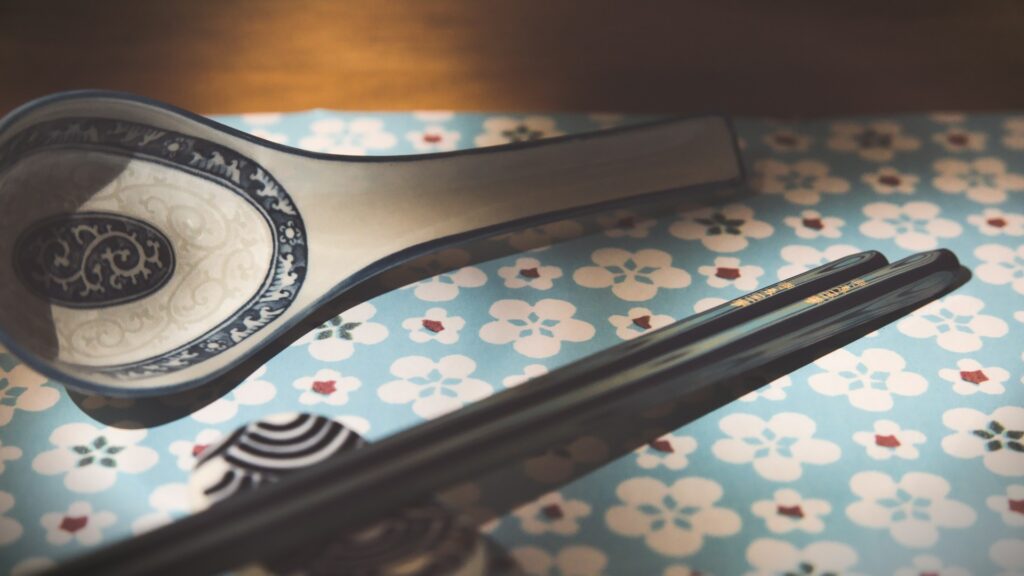
As chopsticks spread from China to neighboring countries like Japan, Korea, and Vietnam, their designs and materials diversified. Japanese chopsticks, for instance, are often shorter and more pointed, reflecting their culinary practices which include eating delicate sushi. Korean chopsticks are typically made of metal and are flatter, an evolution possibly influenced by their cuisine which often includes grilled meats. The evolution of chopsticks mirrors the cultural and culinary uniqueness of each region.
Types of Chopsticks
Chopsticks vary widely in terms of materials and design, each type tailored to the specific needs and customs of the culture from which they originate. Understanding these differences can enhance one’s appreciation and skill in using chopsticks.
Material and Design

Chopsticks are made from a variety of materials including bamboo, wood, plastic, stainless steel, and even precious metals like silver. Bamboo and wood are the most common due to their affordability and ease of use. Metal chopsticks, prevalent in Korea, are durable and can be reused many times. Each material offers a different tactile experience and can affect the ease of handling.
Regional Variations
Japanese chopsticks, known for their pointed ends, are ideal for picking up delicate pieces of fish and other small morsels. Chinese chopsticks are generally longer and thicker, designed for communal eating where dishes are shared. Korean chopsticks are unique in their flat, metal design, which may have originated from the royal court where hygiene was a significant concern. Vietnamese chopsticks are often longer than those used in other countries, suitable for their cuisine which often includes noodle soups.
How to Use Chopsticks
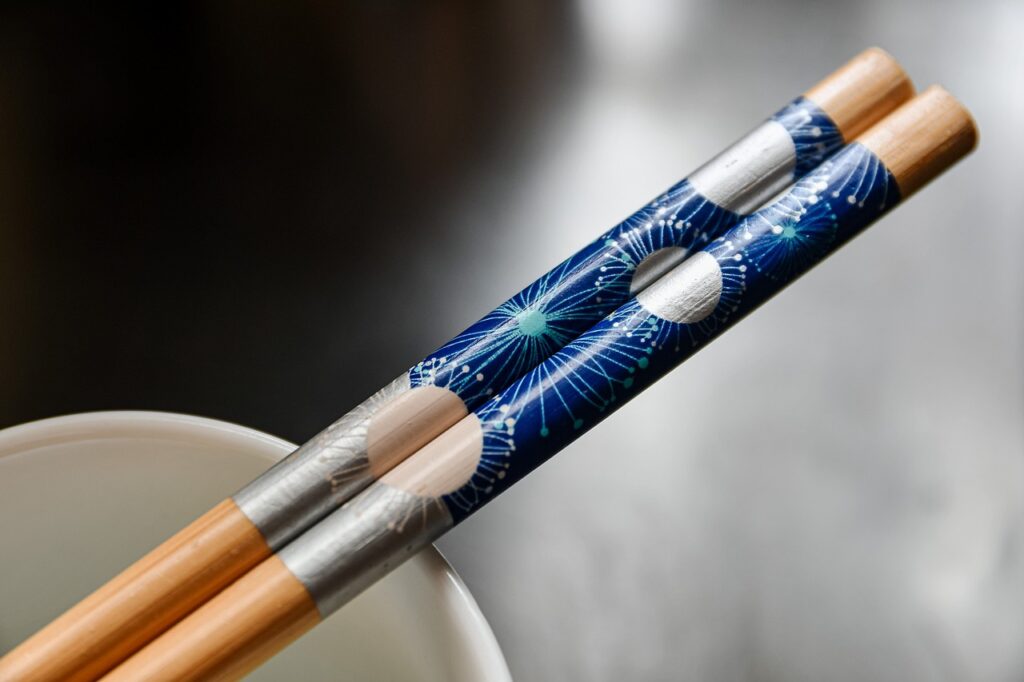
Mastering the use of chopsticks can seem daunting, but with practice, anyone can become proficient. Here are some step-by-step instructions to help you get started.
Basic Techniques
Start by holding one chopstick between your thumb and index finger, resting it on the base of your thumb. The second chopstick is held like a pencil, between your thumb, index, and middle fingers. Use the top chopstick to maneuver food, while the bottom chopstick remains stationary. Practice picking up larger pieces of food before moving on to smaller items like grains of rice.
Advanced Tips
Once you are comfortable with the basic technique, you can try picking up different types of food. For instance, use a gentle, rolling motion to pick up slippery items like noodles. For soft foods, practice applying just enough pressure to hold the item without squishing it. Developing these skills will enhance your dining experience and impress your dining companions.
Chopstick Etiquette
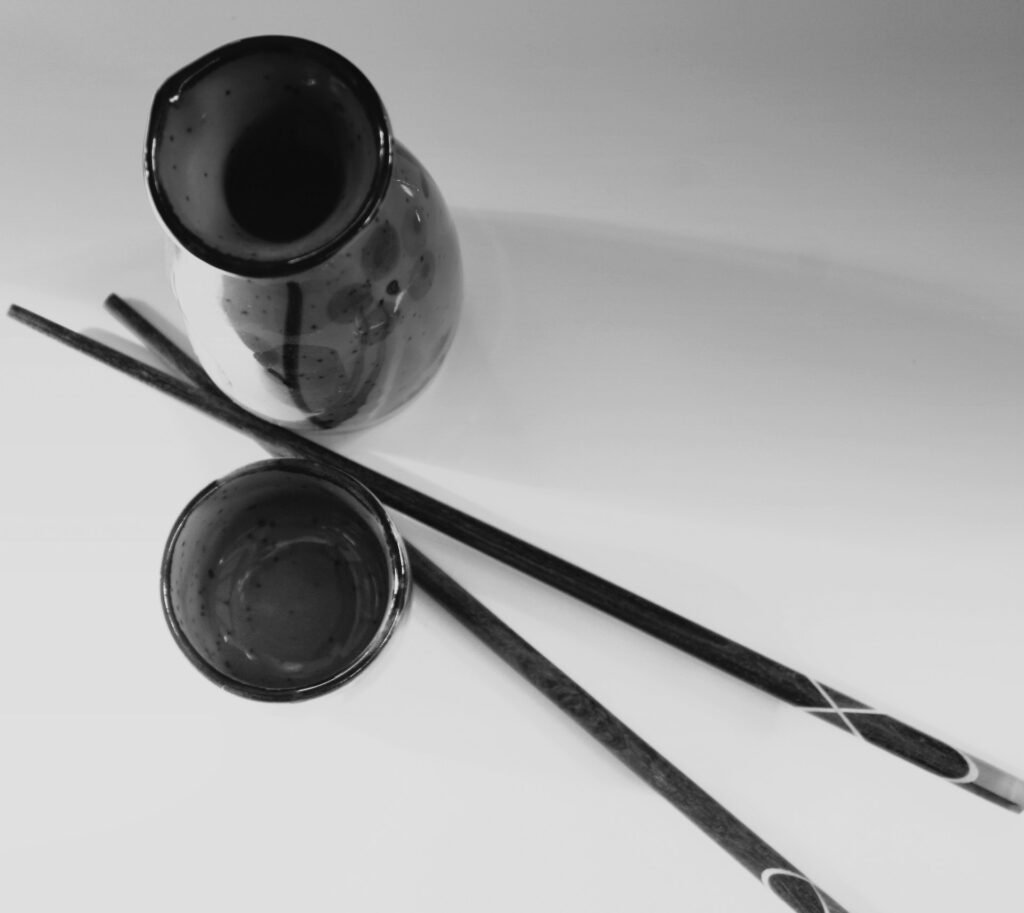
Chopstick etiquette varies widely between cultures, and knowing the do’s and don’ts can prevent social faux pas and show respect for cultural traditions.
Country-Specific Guidelines
In Japan, it is considered rude to stick chopsticks upright in a bowl of rice, as this resembles a funeral ritual. In China, avoid pointing chopsticks directly at someone or using them to gesture, as this can be seen as impolite. In Korea, it is customary to lift your bowl while eating, and never to start eating before elders. Each culture has its own set of rules that reflect deep-rooted traditions and respect.
Common Mistakes
Common mistakes include using chopsticks to spear food, crossing them on the table, or licking them. Such actions can be seen as disrespectful or unclean. By being mindful of these common errors, you can use chopsticks in a manner that is respectful and culturally aware.

Environmental Impact of Chopsticks

Disposable chopsticks, often made from wood or bamboo, pose significant environmental concerns. Their mass production contributes to deforestation and waste. Sustainable alternatives include reusable chopsticks made from metal or bamboo, which can significantly reduce environmental impact. Many restaurants are also beginning to offer these eco-friendly options to their patrons.
Health Benefits of Using Chopsticks
Using chopsticks can have several health benefits. The dexterity required to handle chopsticks can improve fine motor skills. Additionally, eating with chopsticks often encourages slower eating, which can aid in digestion and promote mindful eating habits. This slower pace can help with portion control and overall enjoyment of meals.
Innovative Chopstick Designs
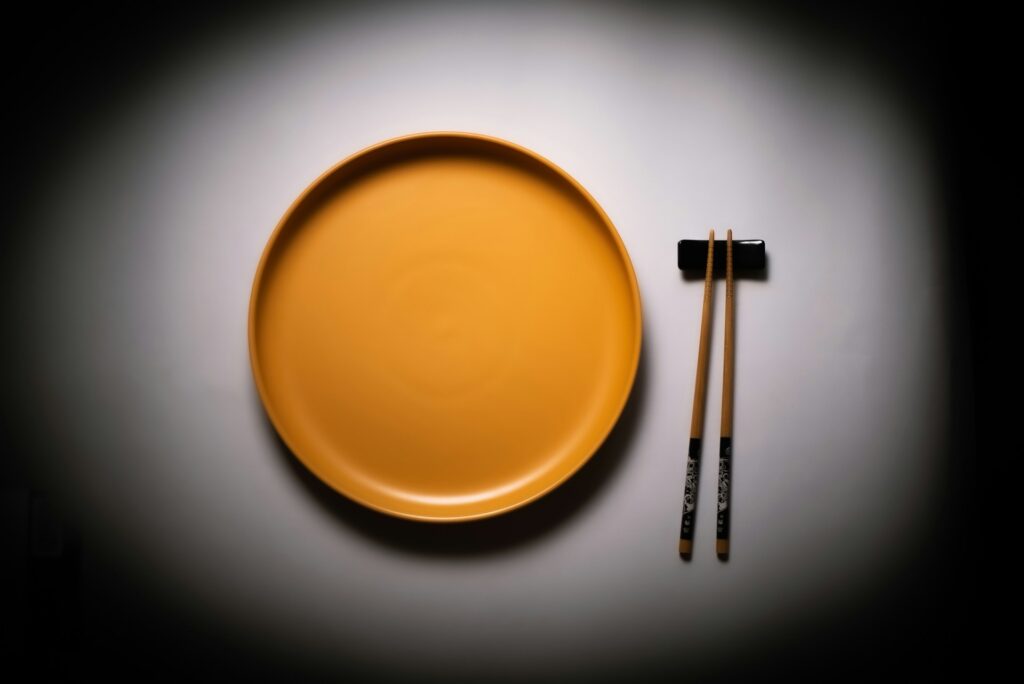
Modern innovations in chopstick design have introduced features such as ergonomic grips, child-friendly training chopsticks, and even chopsticks with built-in rests. These designs aim to enhance usability and cater to diverse needs, making chopsticks accessible and enjoyable for everyone, from beginners to seasoned users.
Chopstick-related Traditions and Festivals
In various cultures, chopsticks are celebrated in festivals and traditions. For instance, in Japan, the New Year’s celebration often includes a special set of chopsticks called “kibashi,” which are believed to bring good luck. In China, chopstick games are popular during family gatherings and festivals, showcasing skill and dexterity. These traditions highlight the cultural significance and communal aspect of chopsticks.
By understanding and appreciating the history, use, and etiquette of chopsticks, we can gain a deeper respect for this humble yet profound tool that has been an integral part of Asian culture for centuries.

